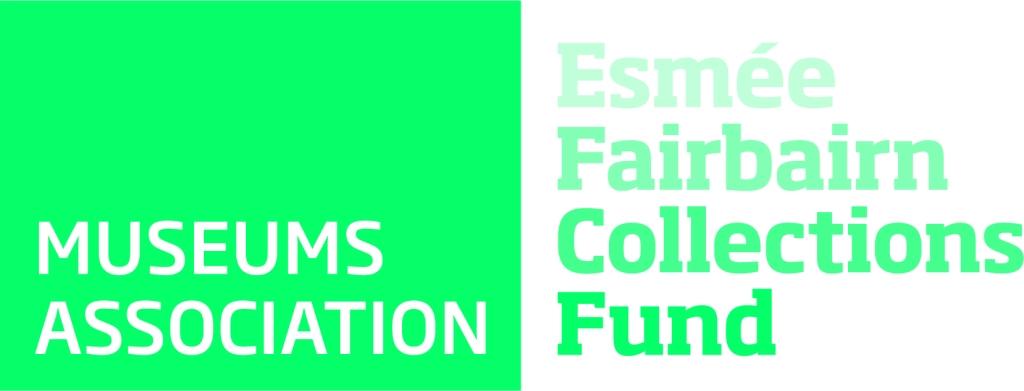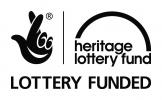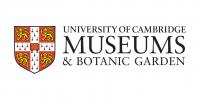Butterflies Through Time Exhibition
Our Butterflies Through Time Exhibition ran from March 15th to September 18th 2022. For all the details click here: Butterflies Through Time Exhibition
The 'Butterflies Through Time' project
Around half of the Museum's specimens are insects, collected over the last 200 years. These represent a unique long-term dataset, which allows the scale of biodiversity change in the UK to be tracked into the past. We are working to give wider access to these specimens for the first time and publish their data online. However, this is a colossal task and that’s why we are starting with a single group, butterflies of the UK.
This project aims to engage people with the natural world and environmental change, both past and present, by linking historical zoological specimens with modern conservation initiatives.
This work is supported by the Esmée Fairbairn Collections Fund, run by the Museums Association.
Butterflies of Cambridgeshire: Past and Present
We have collected modern and historical accounts on the butterflies of Cambridgeshire using specimens and notebooks stored at the University Museum of Zoology in Cambridge. This information can help us see how much has changed over the last 200 years and reveals that many species have declined to local extinction, whilst others have risen in number or have populations that have remained largely unaltered for two centuries.
The historical records have mainly been taken from the notebooks of 19th century naturalist Leonard Jenyns. He lived in Cambridgeshire around 200 years ago and made notes on every species he saw in the county from 1820 – 1849.
The modern records have mainly been taken from ‘The Butterflies of Cambridgeshire’ book published by Butterfly Conservation Cambridgeshire & Essex Branch in 2006. We would also like to say a huge thank you to experts Vince Lea and Louise Bacon for offering advice and comments, to help bring these accounts as up to date as possible.
Photographs of each species has been taken using specimens from the University Museum of Zoology collections.
All photos ©University of Cambridge
We are producing a catalogue of information exploring the butterflies of Cambridgeshire, past and present. We have split the butterflies into six groups as listed below.
Hesperiidae – The skippers
Click here for more information on the Hesperiidae
Pictured below: chequered skipper
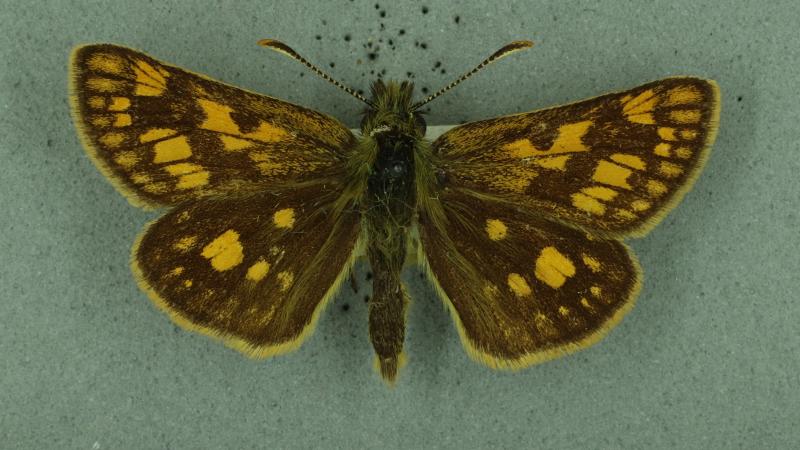
Papilionidae – The swallowtails
Click here for more information on the Papilionidae
Pictured below: swallowtail
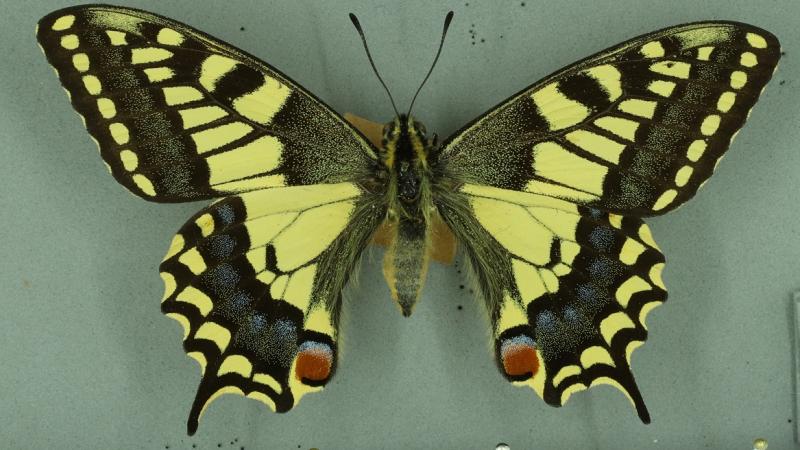
Pieridae – The whites and yellows
Click here for more information on the Pieridae
Pictured below: large white
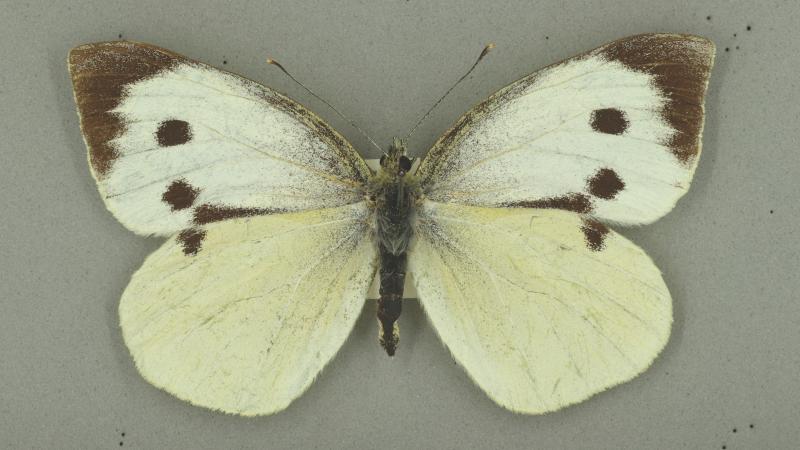
Lycaenidae – The blues, coppers and hairstreaks
Click here for more information on the Lycaenidae
Picture below: common blue
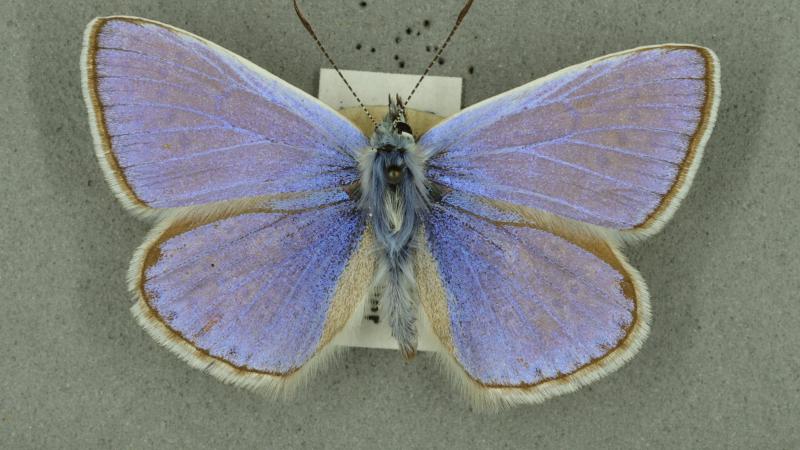
Riodinidae – The metalmarks
Click here for more information on the Riodinidae
Pictured below :Duke of Burgundy
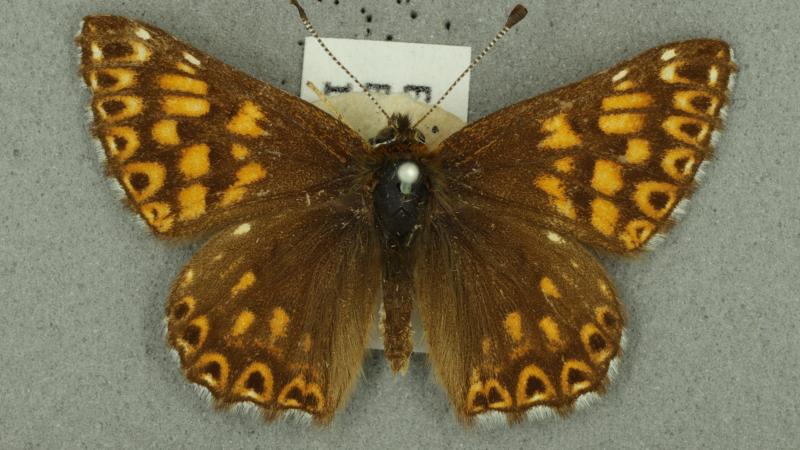
Nymphalidae – The aristocrats, fritillaries and browns
Click here for more information on the Nymphalidae.
Pictured below: peacock
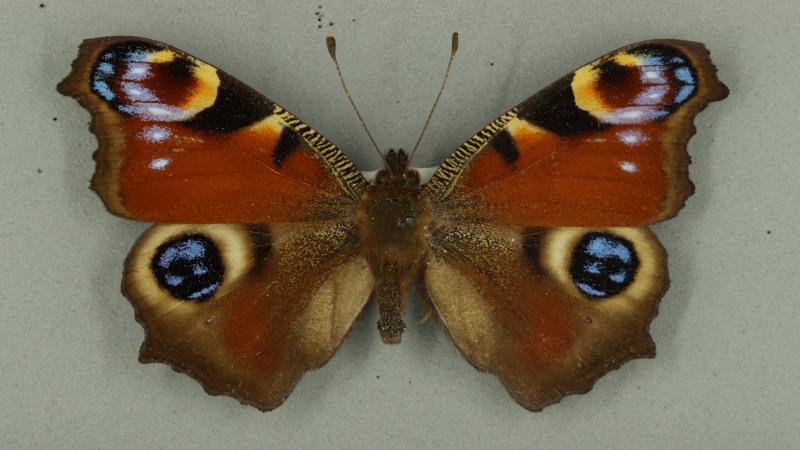
Get involved with wildlife monitoring and conservation
As well as highlighting how much things have changed, we want to draw attention to the work being done by local conservation organisations to protect wildlife that still lives in the area. To find out more click here:
https://www.wildlifebcn.org/about-us
You can also help monitor butterflies in the UK yourself, with the free iRecord Butterflies App. Simply take a picture of a butterfly on your smartphone and the app will guide you through how to identify and upload your sightings. For more details, please follow this link:
https://butterfly-conservation.org/our-work/recording-and-monitoring/irecord-butterflies
Wildlife sightings submitted to iRecord can be sent to local county record centres to help monitor species and guide management. Local record centres can then submit data to the National Biodiversity Network. You can view distribution maps for different species across the UK by following the link below to the NBN Atlas website and typing a species name in the search bar. In time, your own iRecord records may be uploaded here too:
For more content on all things to do with UK butterflies please follow the links below:
Comment from butterfly expert Vince Lea:
‘For the following statements, no attempts at estimating total county population sizes have been made, and relative abundance has only been monitored robustly since the inception of the Butterfly Transect methodology in the 1970s. Records are instead subjective measures made by contemporary and historical observers.
In many cases there will have been huge changes in the amount of suitable habitat available for butterfly species, which means that the total number of butterflies will have changed considerably, even if the status within a particular habitat has remained constant. This is not always obvious from records lacking quantitative data.
This is best illustrated by species which inhabit species-rich grassland such as wildflower meadow and less intensive grazing land. These habitats have disappeared from most of Cambridgeshire over the 200 years considered here; national estimates are a 97% loss of traditional hay meadows since World War II. So a grassland butterfly species that is still common in the pockets of remaining suitable habitat today will have lost the vast majority of the former total population. Another example is that there is probably a greater tree cover in the county than there was 200 years ago, but woodland management and composition has changed such that only small examples of coppiced woodland remain, which was a major butterfly habitat in the past.
In addition to the major changes in land use described above, the other main factors that have probably influenced butterfly abundance are the widespread use of pesticides, eutrophication from agriculture, sewerage discharge and combustion of nitrate-releasing fossil fuels, other changes in atmospheric pollution and climate change.’
Museum Research Assistant Matt Hayes adds:
'Therefore, modern and historical observations made here do not use quantitative data to give us exact numbers on how much butterfly populations have increased or decreased. Without this kind of data it is difficult to record changes in relative abundance, especially for species that have experienced huge changes in the availability of their habitat.
However, we hope that comparing accounts from Cambridgeshire naturalists separated in time by two centuries will give you an indication of just how much things have changed.'
